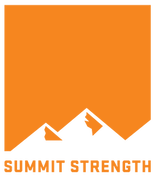|
Are you trying to Train For A Trek? Take a peek into the proven training system which has sent dozens of first time trekkers around the world, with a 100% success rate... The Summit Strength Method is the culmination of years of experience, countless hours of research and dozens of successful clients. It is focused on three main outcomes:
It follows five steps:
Initial assessmentThe start of every program begins with the Ready To Trek Assessment. This is a comprehensive performance assessment in which your readiness is measured across a few different standards:
From this we can identify exactly where your strengths, weaknesses and blind spots are which might affect you on the trail. It is crucial to identify these BEFORE you start training, so you can have a clear direction and purpose on what you need to focus on!
|
AuthorRowan is a personal trainer who specialises in training for hiking, trekkers and mountaineers for their bucket list adventures. Archives
July 2024
Categories
All
|
AboutSummit Strength is a personal training for hiking service created specifically to help hikers have the best chance of a safe, enjoyable and successful adventure.
|
Company |
Services |
|
|
© COPYRIGHT 2018. ALL RIGHTS RESERVED.
|
Website Design by My Personal Trainer Website
|

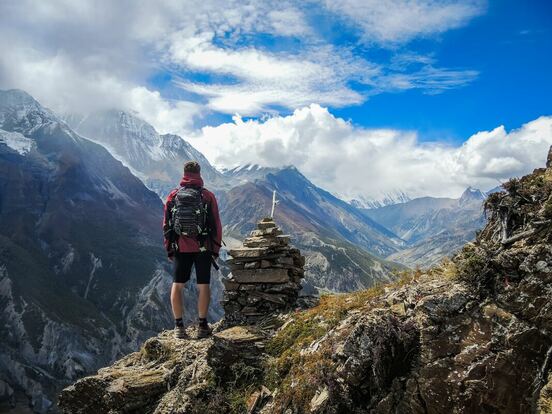

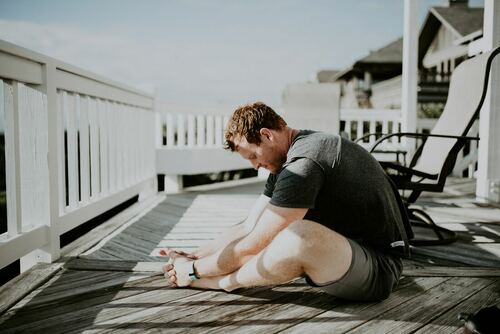
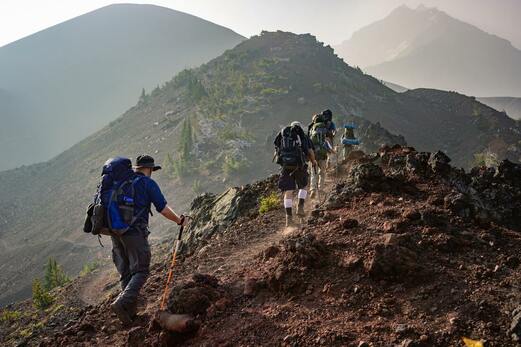

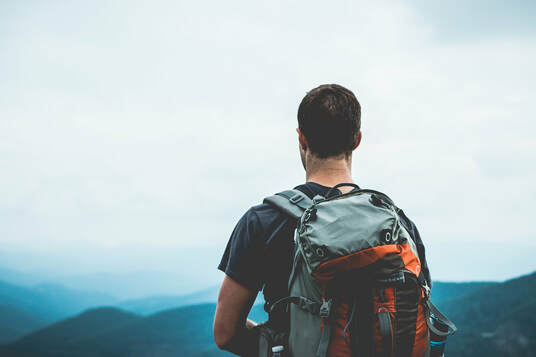
 RSS Feed
RSS Feed
